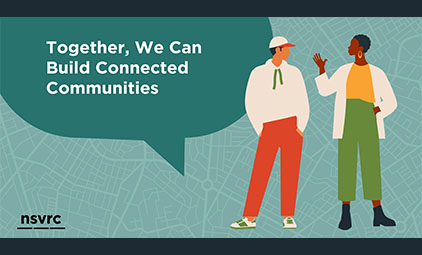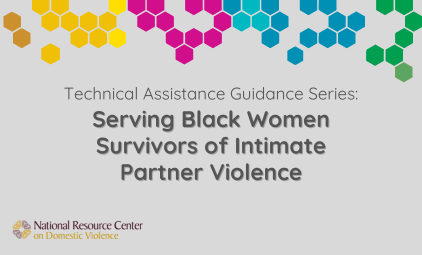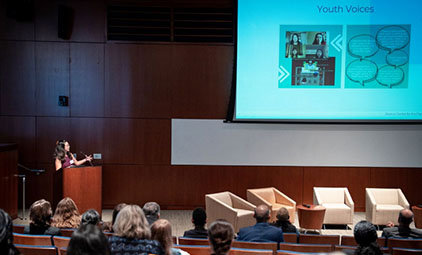Nearly 77 million people, more than a quarter of the total U.S. population, are age 50 or older. The Canadian percentage is similar: 28.7% of Canada's 31 million residents are age 50 or older. Unfortunately, for the most part, older victims of family abuse fall through the cracks of existing services and research. Domestic violence and sexual assault programs predominately serve women between the ages of 18 and 45. Traditional adult protective services (APS) have focused mostly on frail elderly and incompetent victims, often defining the problem as an overwhelmed family caregiver who simply needs help. Although it seems as though older battered women should have at least two systems they can turn to for help, in practice neither system has been very successful at understanding and meeting the specific needs of older women (let alone older men) who are subject to tactics of power and control by their loved ones.
Too few studies have focused on elder abuse. Often domestic violence research is designed to exclude older victims. More quality research is required to better understand the prevalence of abuse in later life and effective interventions. Existing studies suggest the following:
- Most domestic elder abuse appears to be perpetuated by family members. Random- sample studies have found a higher percentage of spouse/partner abuse than abuse by other family members or caregivers.
- Research does not support caregiver stress or intergenerational violence as primary causes of abuse. In many cases, the dynamics appear to be similar to those experienced by younger battered women (power and control).
- Cultural values and background play a role in identifying abuse and help-seeking behavior. Older persons from different cultures, including Americans of European heritage, did not name the same behaviors as abusive. Many study participants indicated they would not contact helping agencies to report abuse.
- Many older victims do not seek services, especially from domestic abuse programs. Several researchers recommended using strategies (e.g., an empowerment model, support groups or peer counseling) like those used for younger battered women.
Over the next decades, the numbers of older Americans will increase significantly. Unfortunately, older people will begin or continue to experience abuse and neglect, often at the hands of family members, caregivers or someone they trust and love. Current service delivery does not meet the needs of these victims. Domestic violence and sexual assault programs must do a better job of designing services tailored for older persons. Adult protective services and the aging network must learn to recognize the dynamics of abuse in later life and offer services that focus on safety, support and breaking the isolation of the victims. Researchers have a responsibility to do more quality research in the area of abuse in later life.
| Attachment | Size |
|---|---|
| Domestic Abuse in Later Life | 260.71 KB |













